DENSO is on a quest to harness hydrogen. Deemed the rising star of clean energy for the future, the element releases zero CO₂ when burned—a defining characteristic that spotlights its possibilities in a variety of fields.
Tests are underway at DENSO in the pursuit of next-generation decarbonization technologies. Solid oxide electrolysis cells (SOECs) and solid oxide fuel cells (SOFCs) are being developed using proprietary technologies cultivated in the mobility field, with the former targeting more efficient hydrogen production, and the latter focused on hydrogen usage, capable of generating electricity through the oxidation of hydrogen and other fuels.
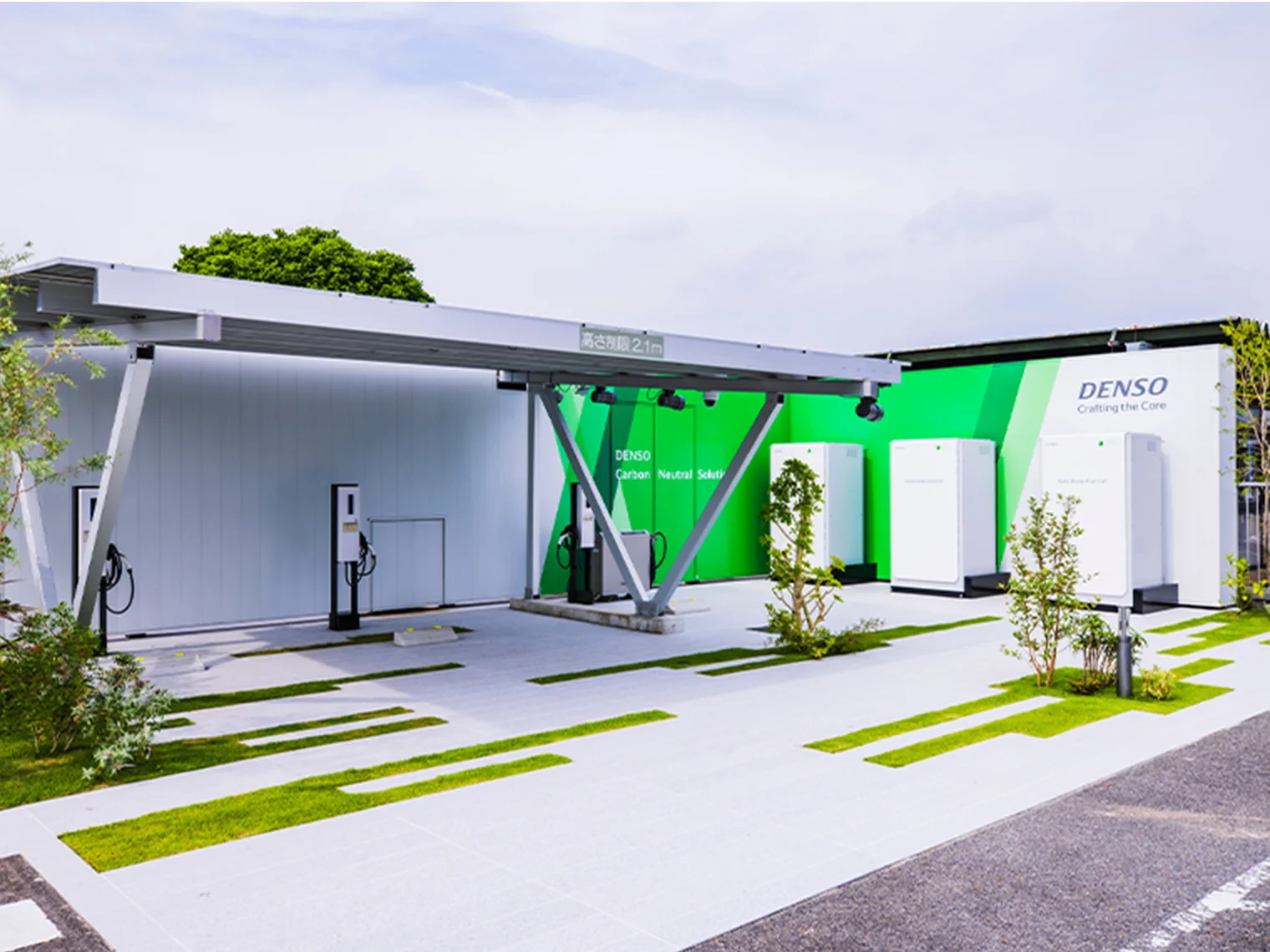
In this edition of DENSO & NewsPicks Brand Design, key persons spearheading R&D efforts at DENSO for next-generation hydrogen technology explain the current challenges and offer their thoughts on realizing a society driven by hydrogen. As we dug deeper into the topic of hydrogen technology, we took the chance to check up on the technological developments and testing underway at DENSO’s Hirose Plant (Toyota City) and Nishio Plant (Nishio City), both located in the heart of Aichi Prefecture.
Contents of this article
Recap: Why Hydrogen, Anyway?
Before going any further, we recommend that those who missed the earlier parts of this series take a look at our “Let’s Talk Hydrogen” article for an overview of hydrogen energy and its characteristics.
Hydrogen Energy 101: Experts Explain! Let's Talk Hydrogen
In a nutshell, hydrogen (H₂) is unique in many ways. It does not emit any CO₂ when burnt, reacting chemically with oxygen (O₂) to produce only water (H₂O). The chemical reaction also releases energy so immense that it makes hydrogen a viable propellant for space rockets. Classed as secondary energy, hydrogen can be processed and converted from primary energy made from natural resources such as solar and wind, as well as fossil fuels like oil, natural gas, and coal.
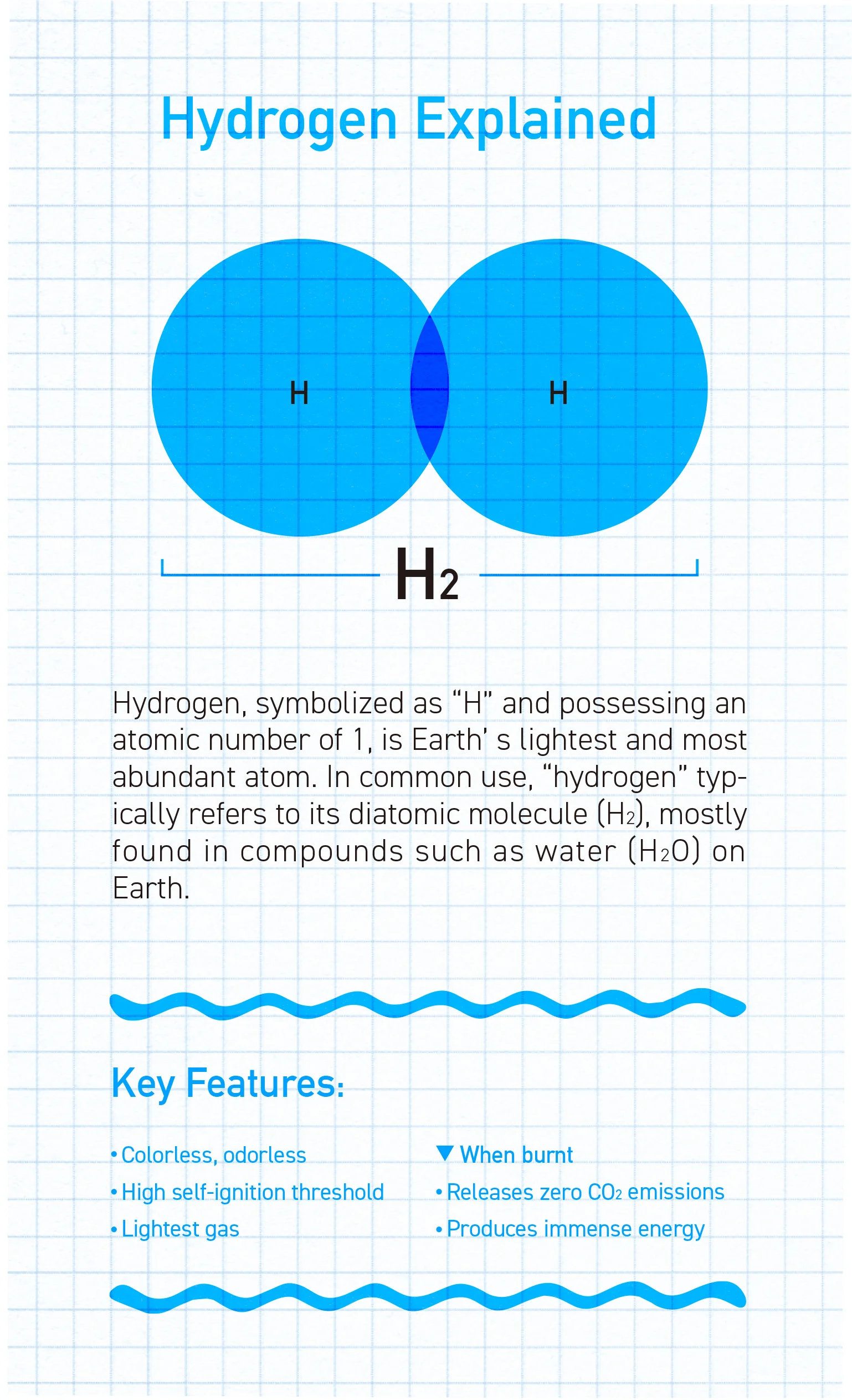
In addition to the characteristics detailed in the image above, hydrogen boasts advantages over electricity and heat, its counterparts in secondary energy. While the former can be stored in batteries, they are limited in terms of capacity. Heat, meanwhile, is hard to maintain over time. In contrast, hydrogen can be stored for long-term use: It can be pre-produced, stored (e.g. after conversion from electricity), and used exactly as, when, and where required.
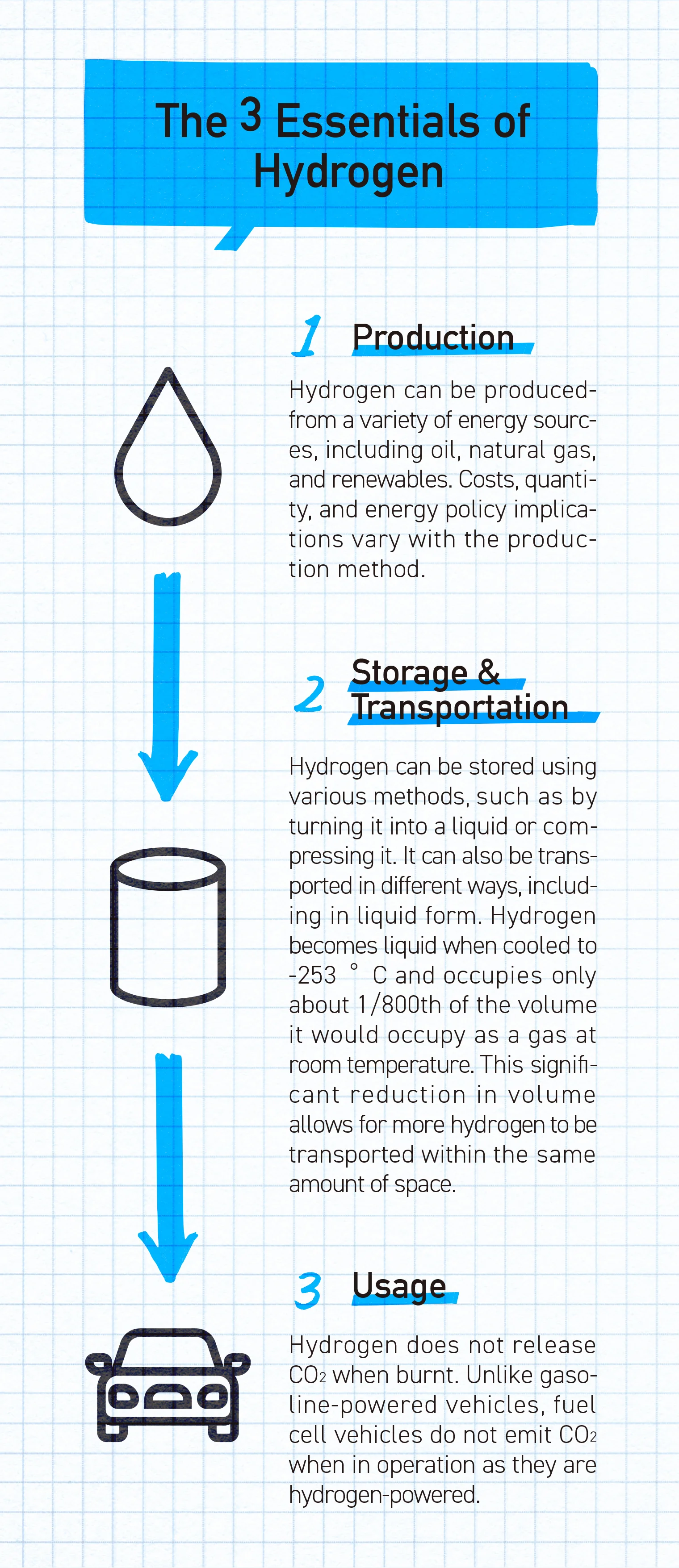
Hydrogen offers many benefits, but in reality, there are many challenges that still need to be addressed, including infrastructure development, cost, and the production process itself.
In the case of the latter, the usage of fossil fuels, such as natural gas and coal, inevitably leads to the generation of CO₂. Hence, solutions must factor in raw materials, their potential emissions, and the overall process involved, with the three primary methods producing:
“Grey” hydrogen – Made by deriving hydrogen from fossil fuels.
“Blue” hydrogen – Made via methods that capture the CO₂ emitted in the production process, reducing atmospheric emissions.
“Green” hydrogen – Made by electrolyzing water using power generated from renewable energy sources, such as solar and wind.
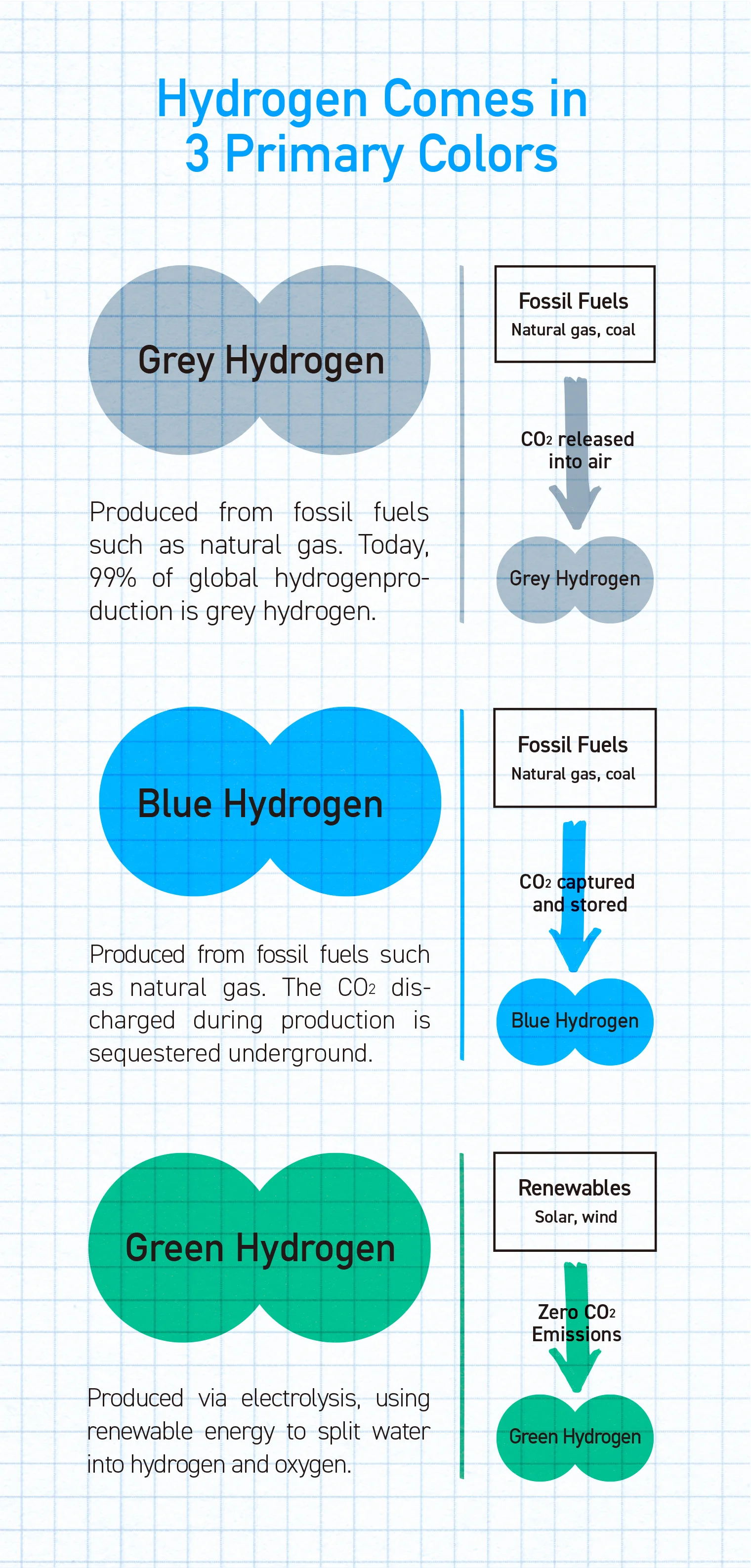
Of the hydrogen produced worldwide today, 99% is grey hydrogen. As the world combats the climate crisis, the efficiency of producing green hydrogen becomes a vital component in building the foundation for a carbon-neutral society. Before achieving that, however, there first needs to be demand—in other words, more established applications for hydrogen.
SOEC: Redefining Hydrogen Production with Electricity
DENSO has delved deep into R&D for alternative methods of hydrogen production as well as potential use cases. Amid this process, the company has planted its flag in the field of SOEC technology, a process which produces green hydrogen.
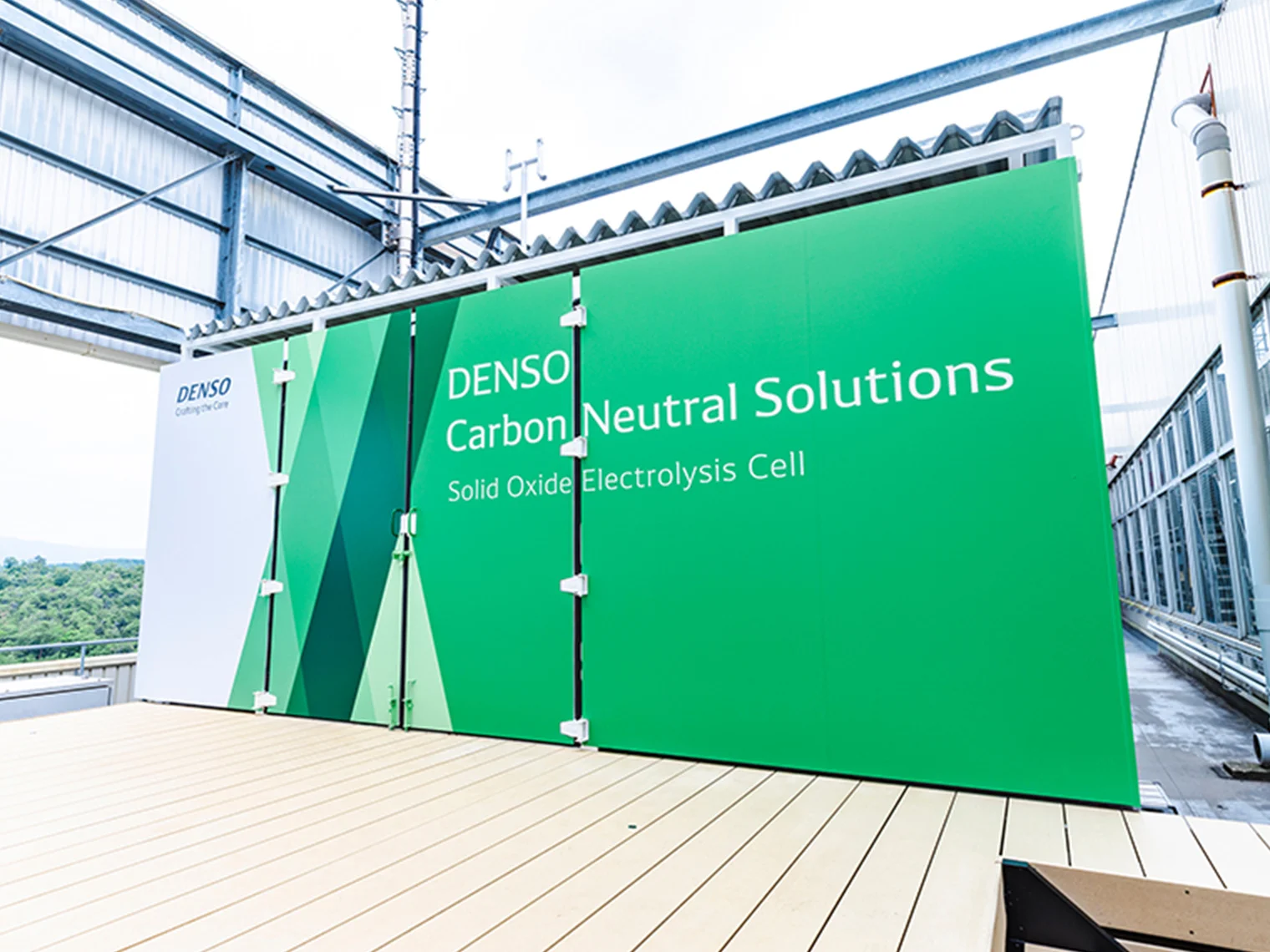
So, what exactly drives R&D efforts for hydrogen at DENSO? Shuzo Oda, who is leading the development of SOECs at the Hirose Plant, says:
“Right now, the renewable energy required to produce green hydrogen is in limited supply. Costs are high, and in order to maximize the limited supply, we had to find ways to make the production process as efficient as possible.”
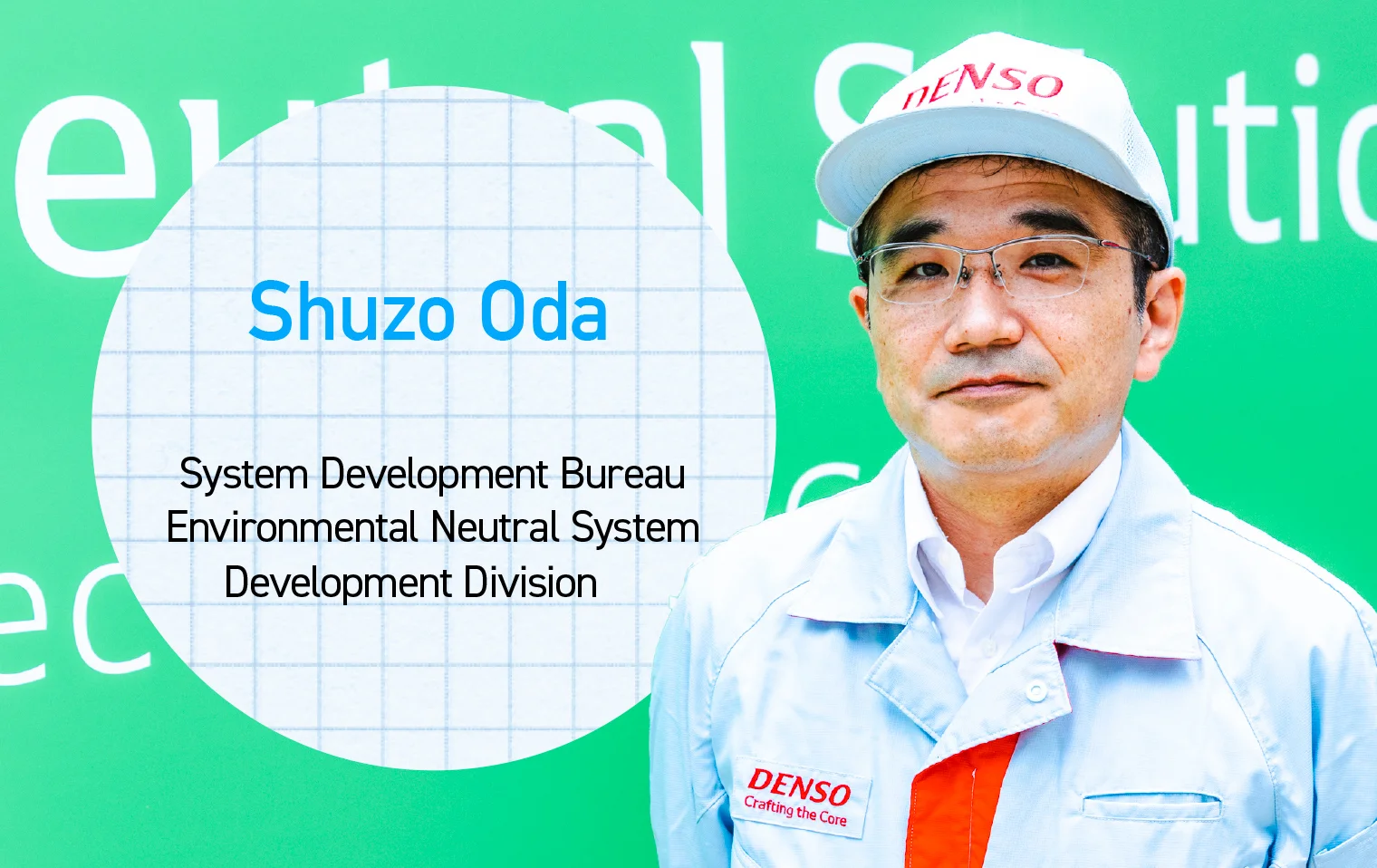
Before going any further, we should provide a brief overview of how water electrolysis works. The basic definition can be described as the process of producing hydrogen and oxygen by passing electricity through water, with methods that include the use of alkaline solutions, polymer membranes, and ceramic membranes.
DENSO’s Hirose Plant is currently testing SOEC with ceramic membranes.
Oda:“Alkaline solutions and polymer membranes react at low temperatures of about 60°C. This leads to a shorter start-up time, making them ideal for operations that are either intermittent or fluctuating by nature. Polymer membranes, in particular, are suitable for factories that rely on fast and flexible responses to leverage surplus renewable energy. We use these membranes for our water electrolysis system at DENSO Fukushima, as hydrogen demand often fluctuates in its operations.
Unlocking the Potential of Local Hydrogen: Fukushima's Quest
In contrast, the SOEC is an electrolysis system featuring a ceramic cell stack placed inside a hot module. The electrolysis process is facilitated by supplying water vapor and electricity.
SOEC technology uses ceramic membranes to sustain the required temperatures, which range from 600–800°C. While producing hydrogen this way entails a longer start-up time, its efficiency makes it suited for operations that are more stable by nature.
The higher the temperature, the lower the voltage needed for the electrolysis process. As long as good ceramic materials with the right heat-resistant properties are used, we reduce energy consumption in hydrogen production, ensuring a stable output while expending less energy in the process.”
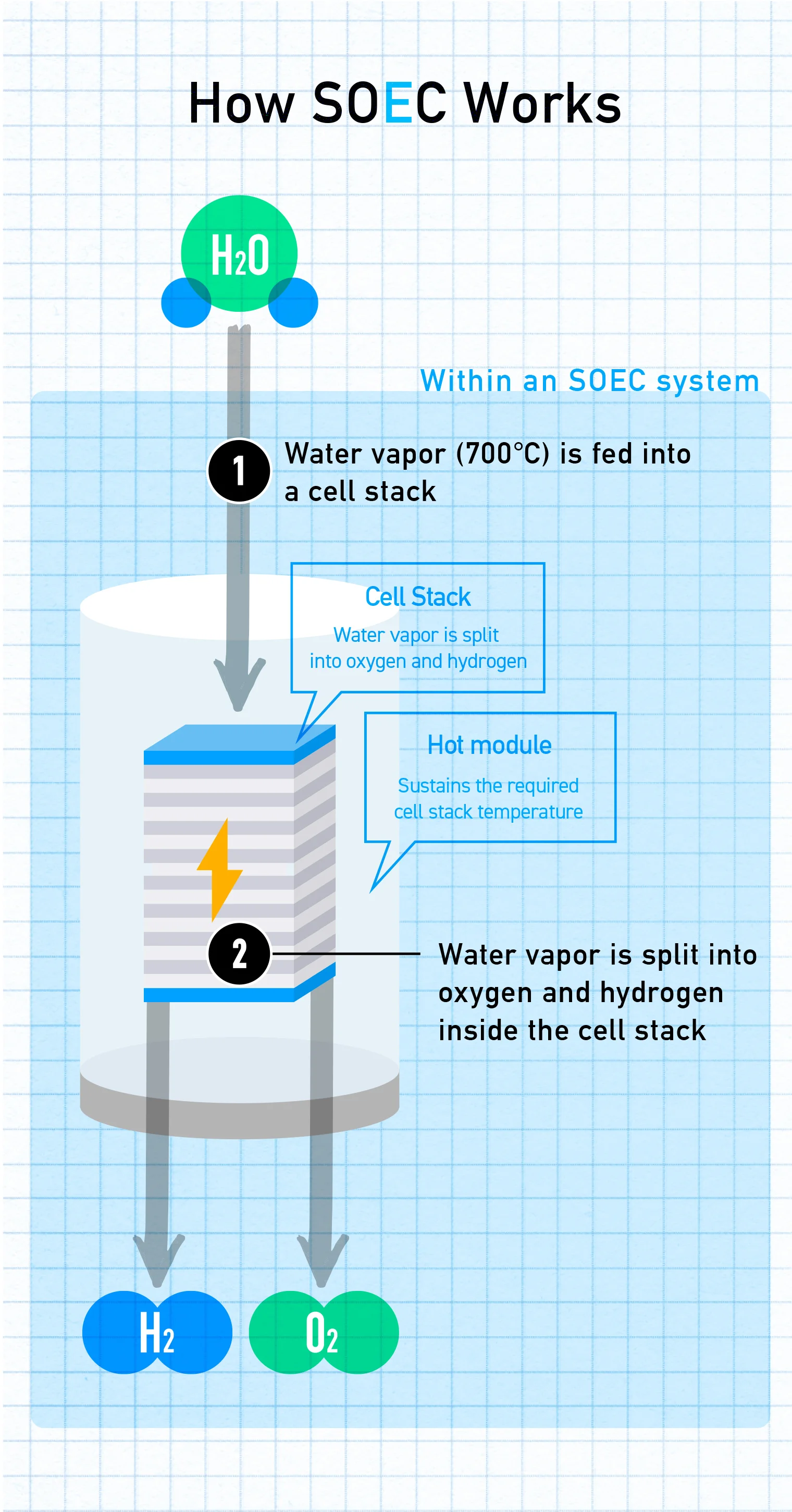
In short, if more hydrogen can be produced with less electricity through SOECs, the reduction in manufacturing costs will boost its appeal for a variety of applications.
Testing for potential applications of this technology is now underway at the Hirose Plant.
From this current fiscal year, DENSO has initiated the use of hydrogen in the manufacturing process of power cards, a component used in power control units (PCU) to regulate the flow of current between the battery and electric motor of a hybrid vehicle. Masayuki Satake, currently leading DENSO’s in-house testing efforts, spoke with us about the benefits already seen in incorporating hydrogen into the production line.
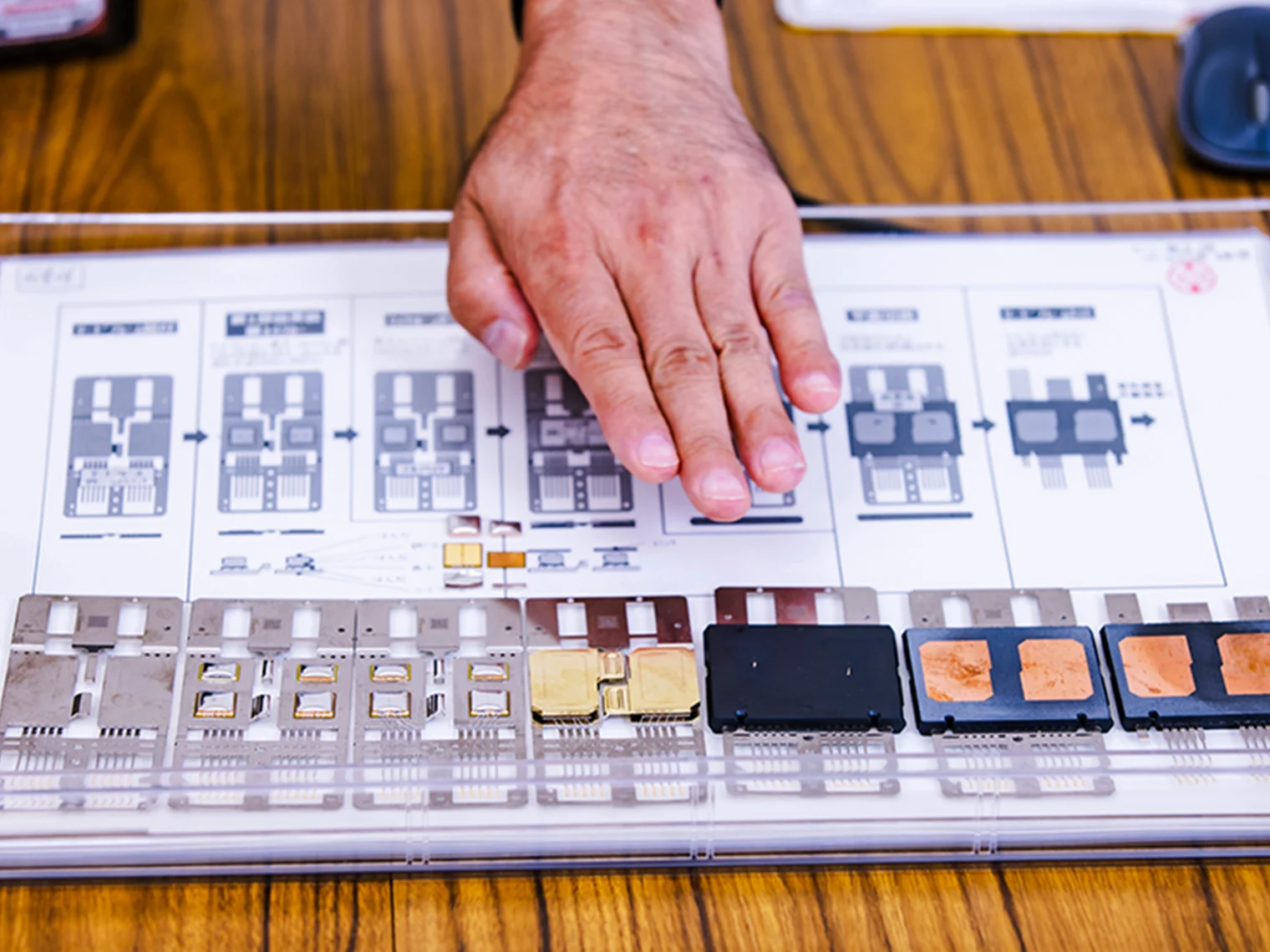
Satake:“We’re using green hydrogen in the reflow soldering process when manufacturing power cards. The process involves melting solder paste to attach electrical components heated in ovens to their respective contact pads. Here, hydrogen plays an important role, as it removes any impurities on the surface of the solder.
Another advantage of using hydrogen is that the thermal conductivity it provides is seven times that of nitrogen, an atmosphere gas* we use in reflow soldering. The magnitude of its thermal conductivity lets us reach the temperature we need in shorter periods of time.”
*Used to ensure proper soldering quality and prevent oxidation during the soldering process.
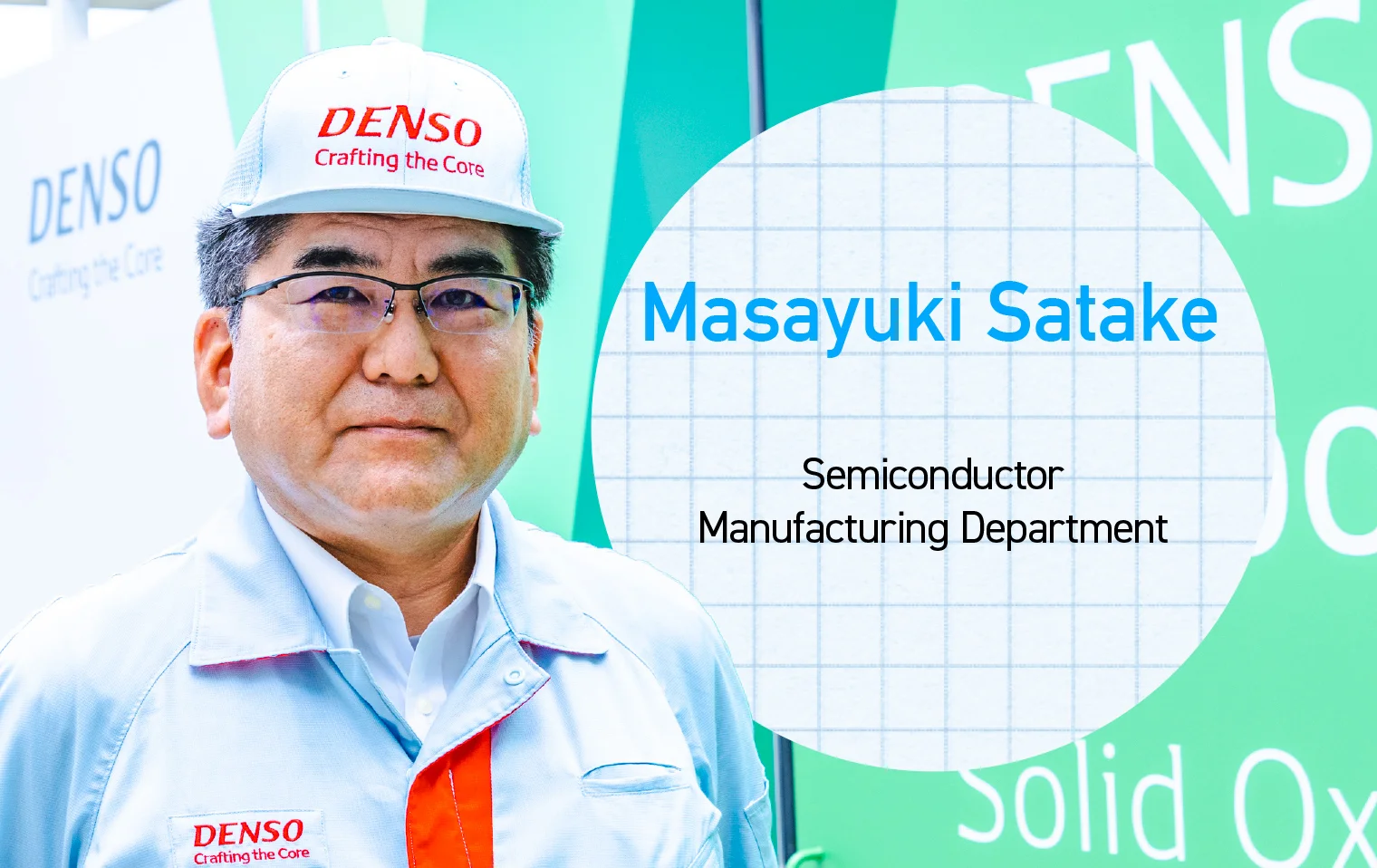
DENSO has begun system tests using a prototype reflow oven, using it to manufacture power cards which are then evaluated in terms of quality and environmental safety. The company intends to scale up these tests to the factory level in FY2024, with eventual plans of boosting production line capabilities via full implementation.
SOFC: A New Generation of Fuel Cells, Powered by Hydrogen Technology
DENSO’s Nishio Plant has also been busy with its own pet project since May 2023, testing the potential applications of hydrogen energy.
The project aims to assess and evaluate the operations of an energy management system, which features the use of in-house developed SOFCs and combines other energy sources, including solar panels and storage batteries.
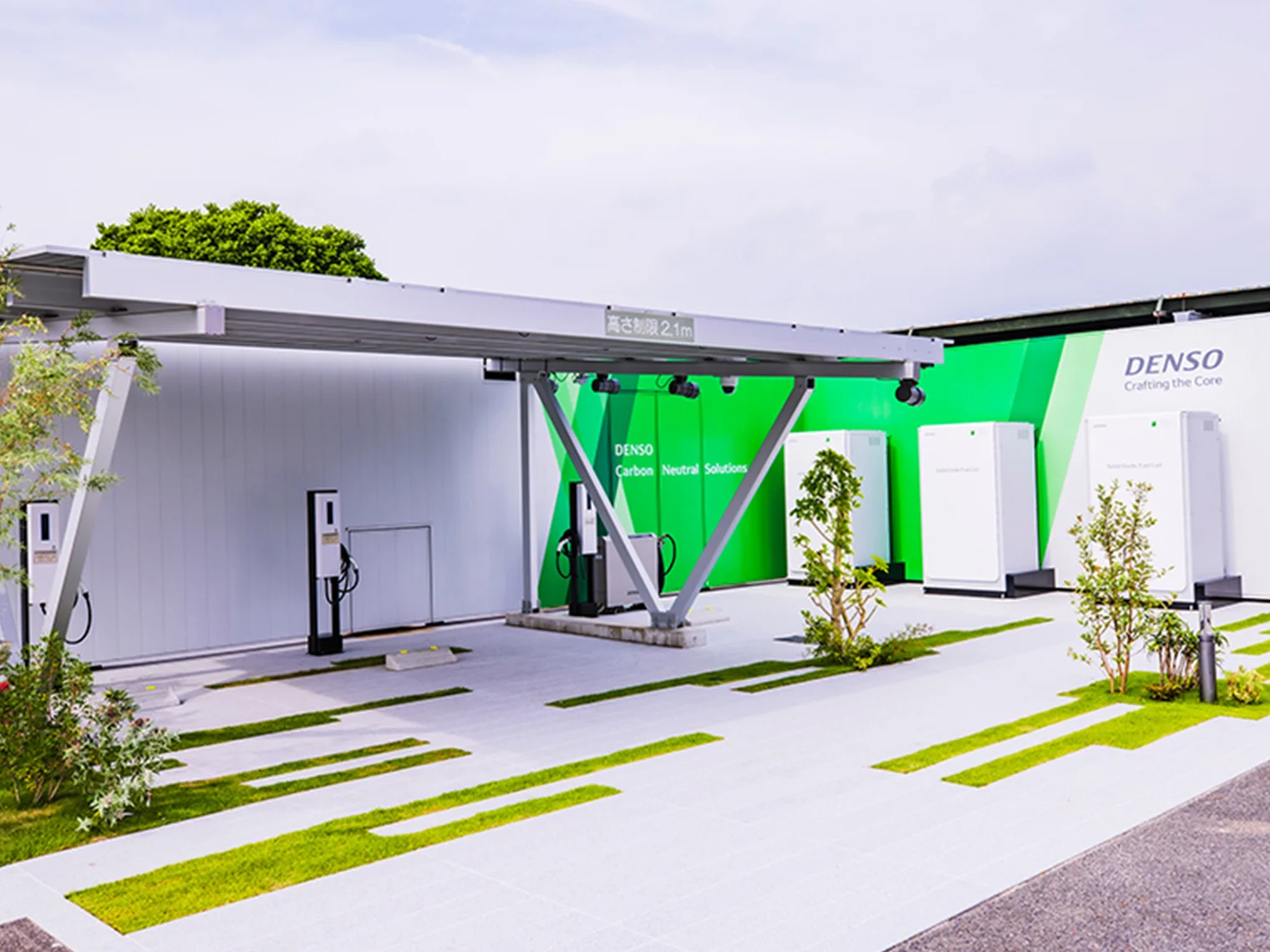
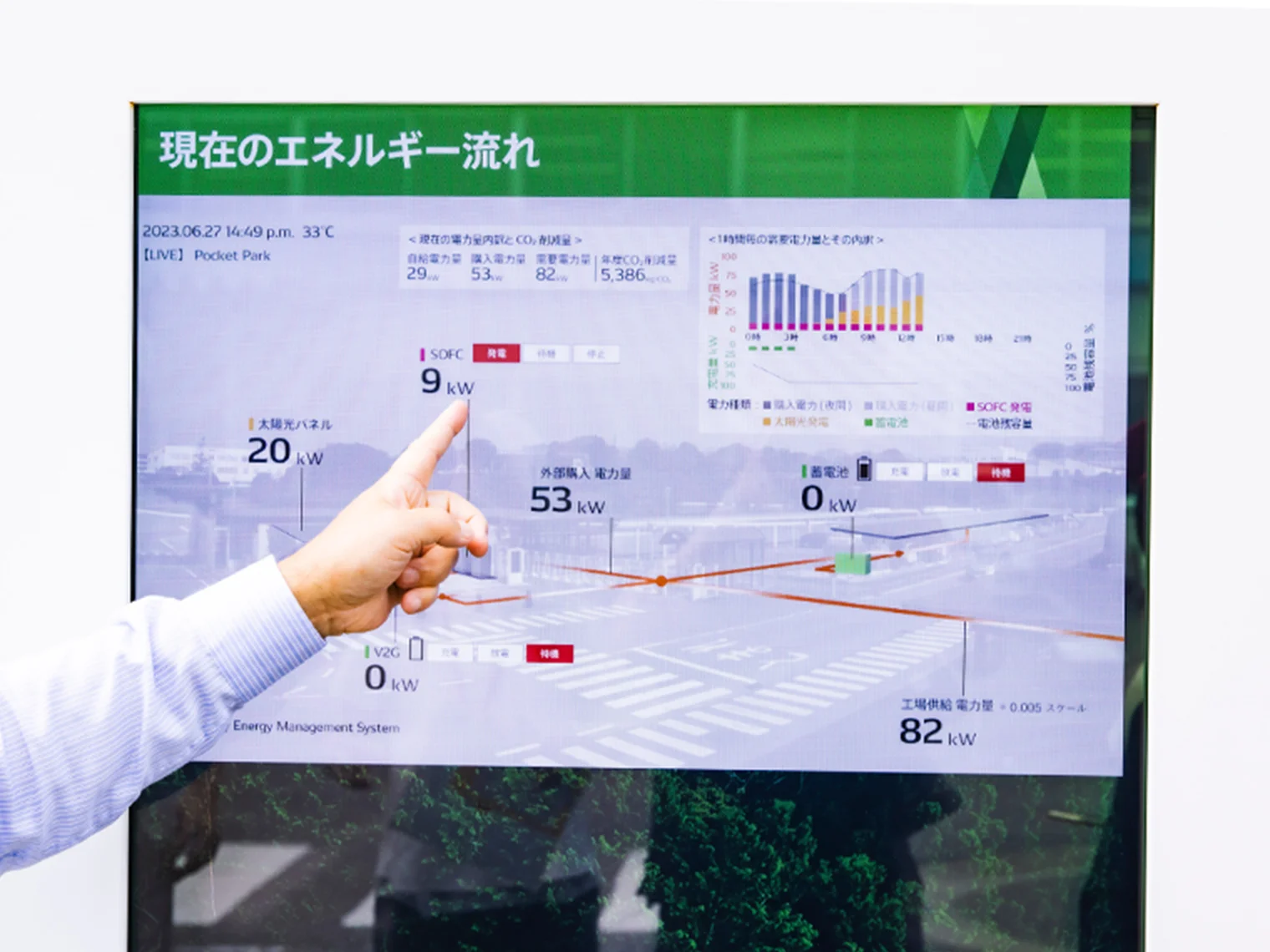
Masahiro Ishimaru, currently in charge of the project, explains:
“We developed a system that controls the amount of energy generated and stored in SOFCs based on forecast data for the weather and factory energy requirements. This will help us build a more efficient and stable energy supply while ensuring we cut CO₂ emissions.”
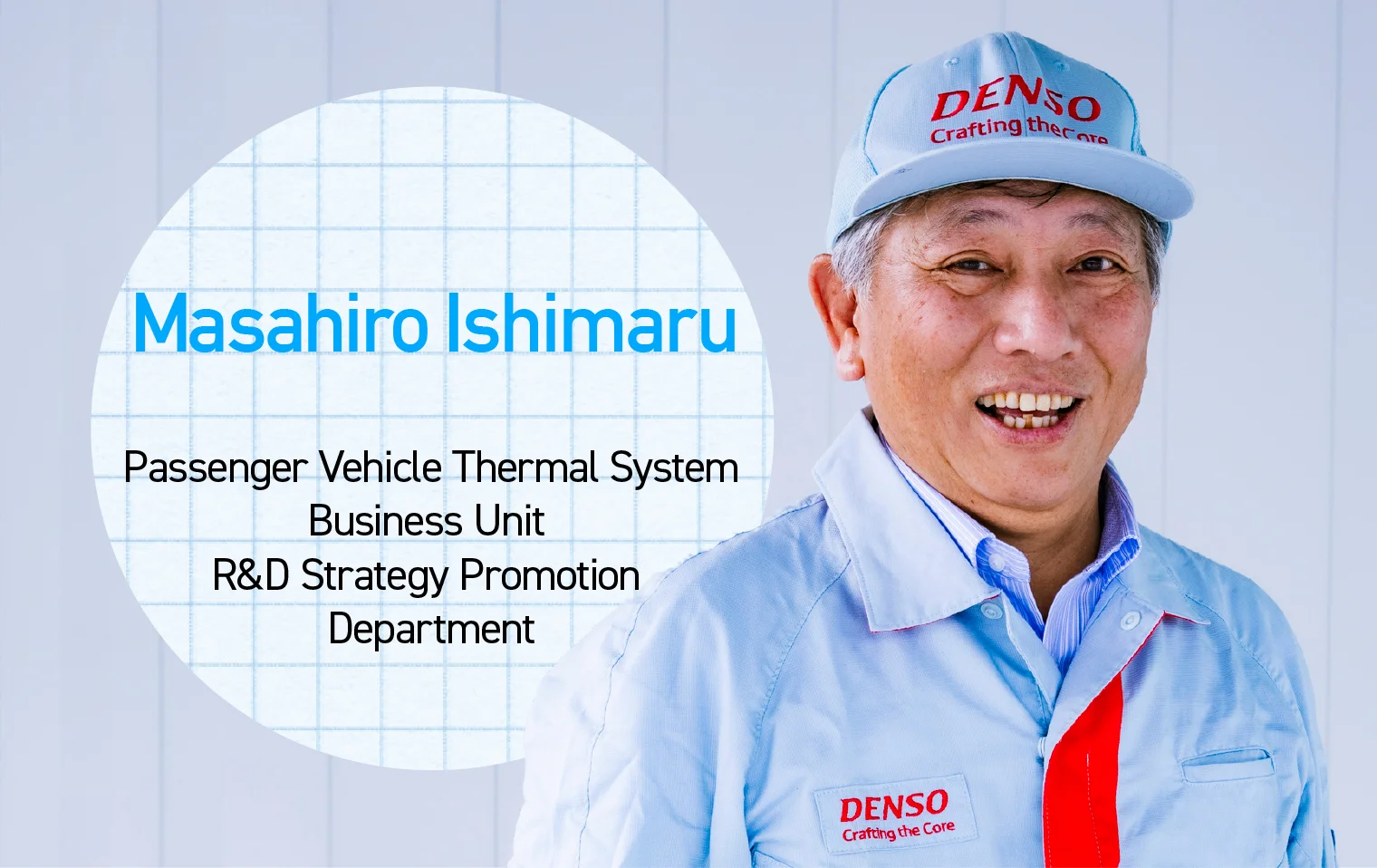
To provide more context, fuel cells generate electricity through a chemical reaction between fuels (including hydrogen) and oxygen. This process is not 100% efficient, however, as some energy is lost as heat in the process. The SOFCs used in DENSO’s energy management system step in to utilize this waste heat, enabling significant reductions in CO₂ emissions.
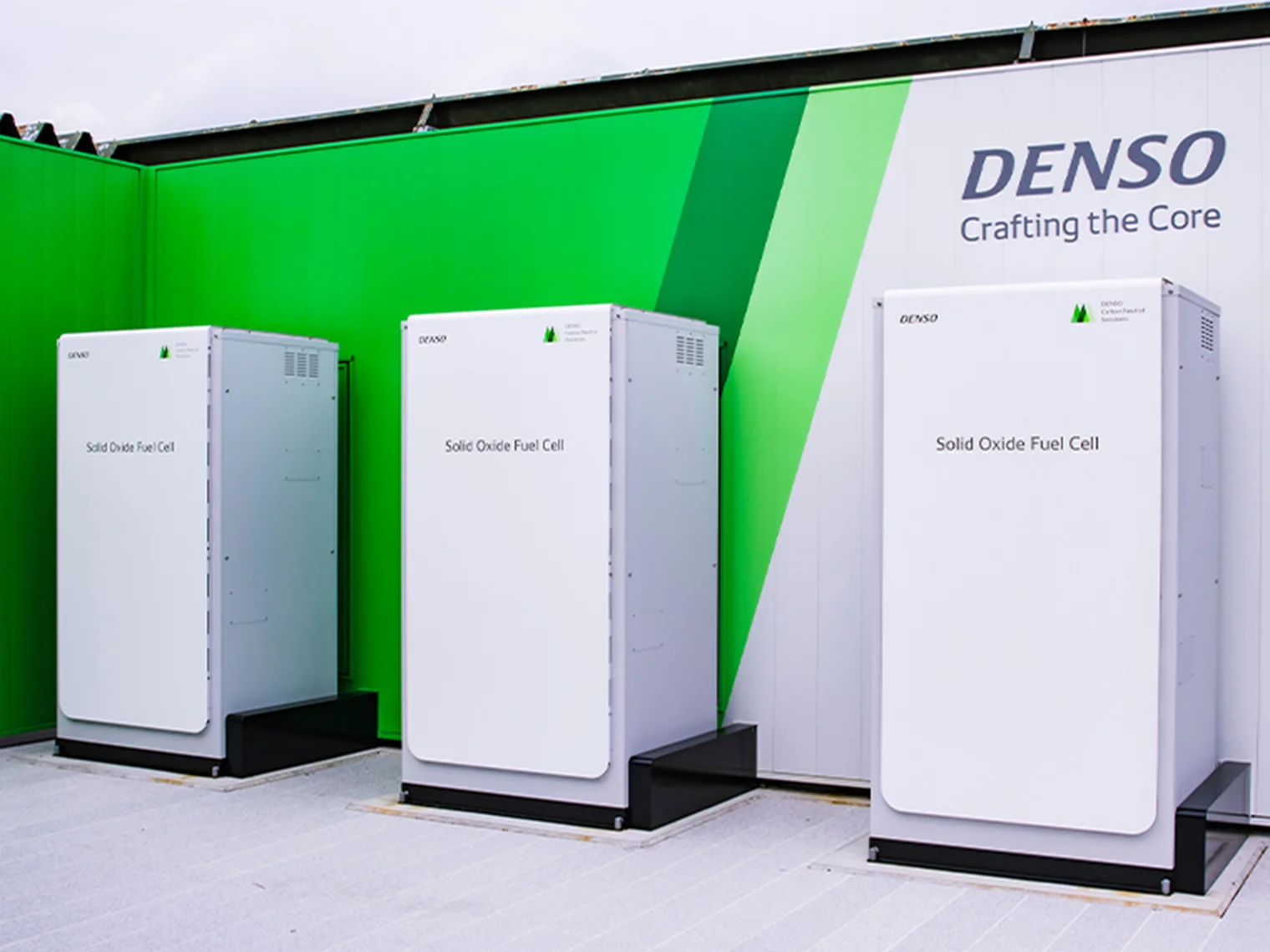
To learn more about these special features of SOFCs, we spoke with Yuki Mukohara, who is currently involved in their development.
Mukohara:“There are several types of fuel cells, depending on the material used. For example, PEFCs use electrolytes made from resin membranes. These membranes react at about 100°C, allowing for a short start-up time.
On the other hand, SOFCs use ceramic-based electrolytes. Ceramic membranes react at about 700°C. While they require a longer start-up time, they are also able to convert fuel into energy more efficiently using high-temperature waste heat. Given these properties, we’re running tests to explore the feasibility of using the technology in applications where uninterrupted operations are key.”
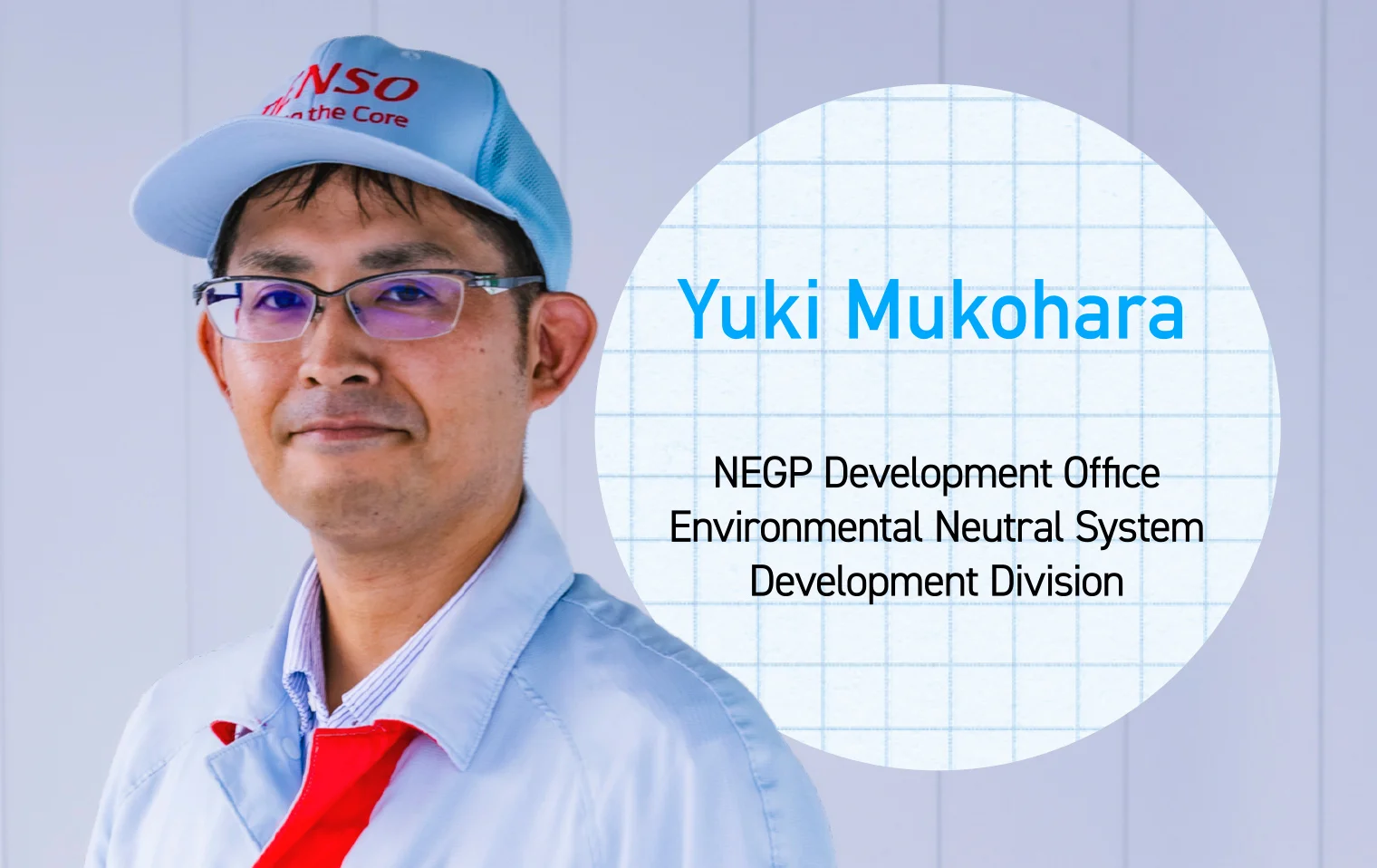
SOFC’s ability to operate at high temperatures also reveals a more overarching long-term benefit: its ability to contribute significantly to carbon neutrality.
At present, city gas is the most widely used gaseous fuel. Heat is required to harvest hydrogen from the hydrocarbon fuels contained in city gas, and SOFCs can help achieve that by leveraging high internal temperatures to convert city gas to hydrogen efficiently.
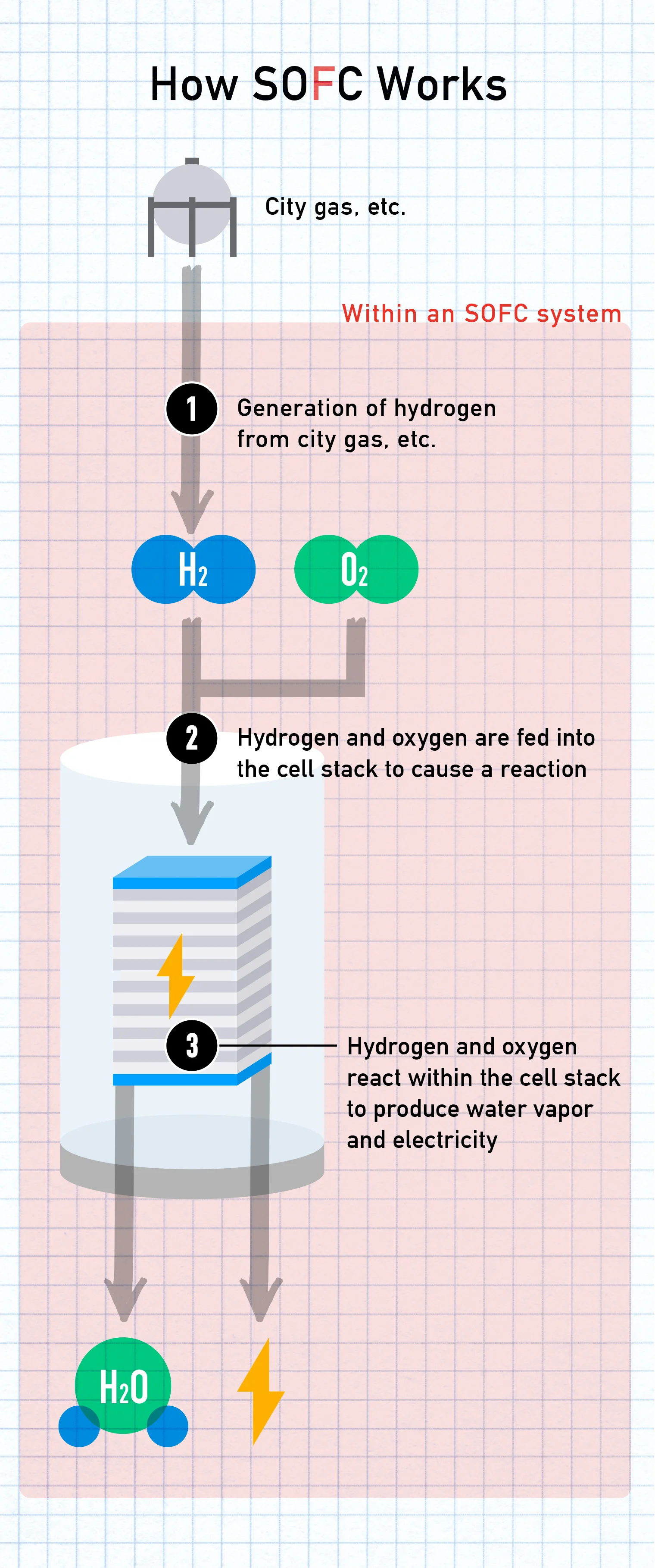
Mukohara:“While hydrogen is growing in prominence as a viable energy source, we’re still in a transition period. There are still cases in which it can’t fully replace fossil fuels, mostly because of cost factors and convenience.
Having said that, if we can leverage SOFCs to generate hydrogen through fuels like city gas, we can expect to see a significant cut in CO₂ emissions in terms of power generation and a big contribution to decarbonization efforts over the long term.”
Extending Hydrogen Technology’s Reach Across the Globe
DENSO is on a mission to become the world’s first carbon neutral company, dedicated to fostering a more sustainable society. Its track record in mobility technology is underpinning its steady progress toward the establishment of a hydrogen-powered society, with its R&D initiatives in SOEC and SOFC providing a stepping stone to turn its mission into reality.
Satake:“We want to formally introduce SOEC and SOFC to the rest of the world. But the first step toward that is to conduct in-house tests and integrate the technologies into our factory operations, establishing the technologies for both hydrogen production and application.
When DENSO’s hydrogen technologies are used in a variety of fields and applications, we’ll be enabling Local Production for Local Consumption, where locally-produced hydrogen is consumed locally. If this model is adopted across Japan, we’ll have the infrastructure to build a hydrogen-powered society, bringing us closer to the goal of carbon neutrality.”
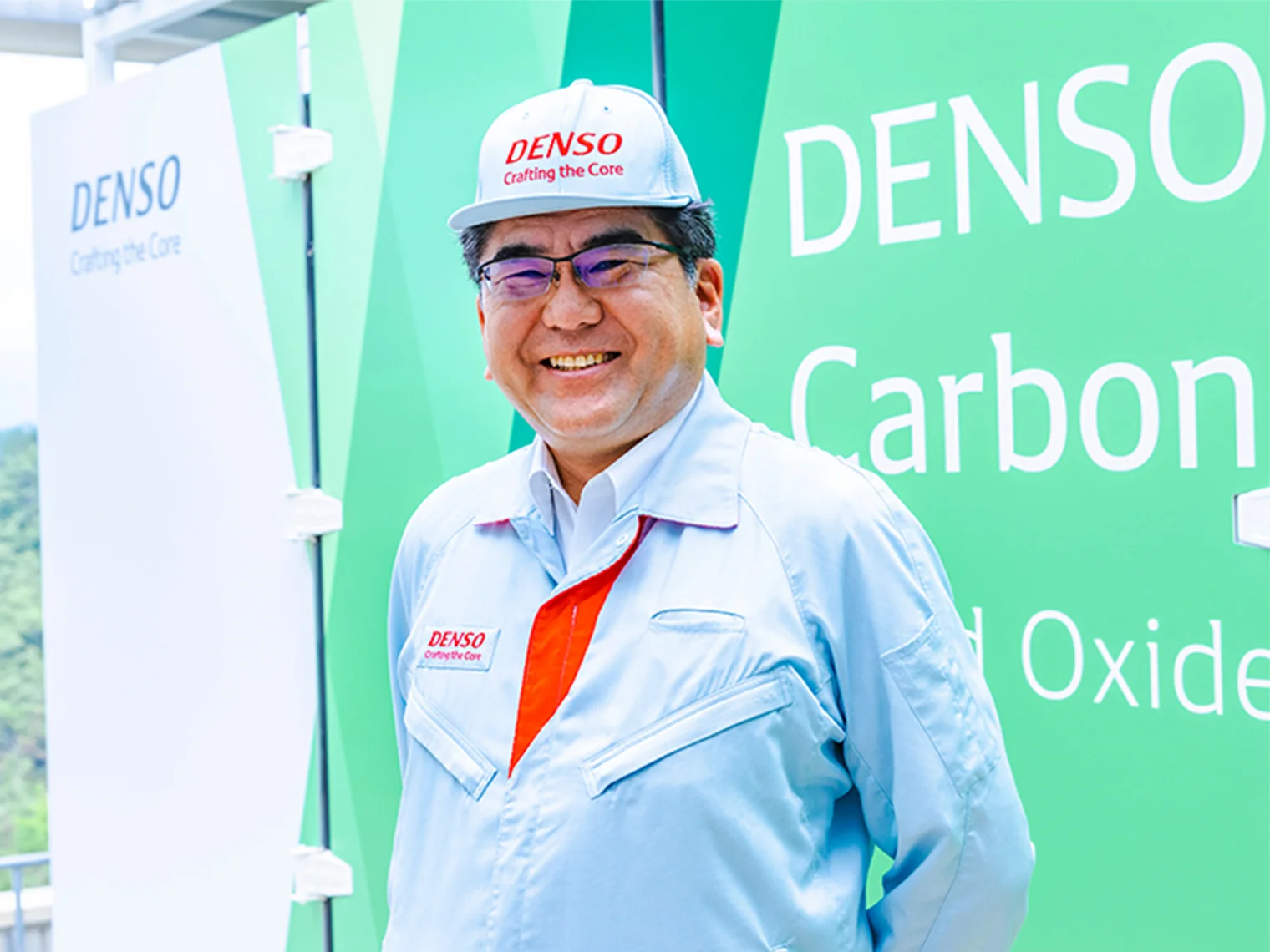
DENSO’s vision extends far beyond Japan’s borders.
Ishimaru, whose overseas tenure has spanned countries such as the UK and the US over a period of roughly 25 years, notes, “As a global company, DENSO has a part to play in using hydrogen technology to solve environmental issues, which are not limited to Japan. They concern the entire world.
If we go back in time, the UK kickstarted the Industrial Revolution, a huge turning point for mankind that caused a complete shift in how we live and work. It also caused a new set of problems, mainly in the form of damaging the environment through an increase in CO₂ emissions.
We, as a global society, are now facing the consequences of what began all that time ago. I believe it’s our responsibility as a company to do what we can to leverage our technology and bring us on track to a more sustainable future.”
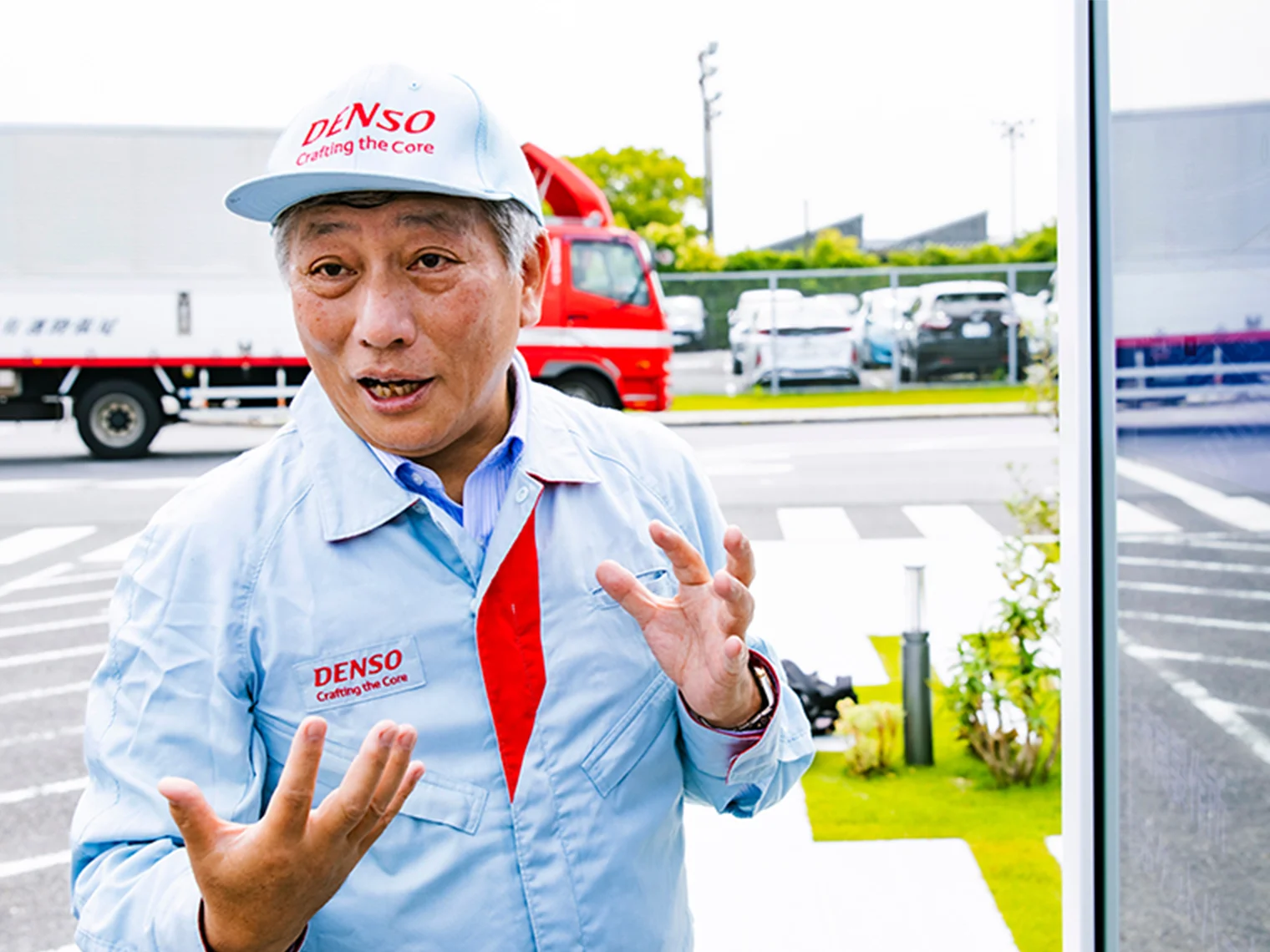
Forging the future with Japanese hydrogen technology.
Armed with this passion and vision, DENSO continue their journey, one which may very well bring us closer to a truly carbon-neutral world.
Writer: Yuka Tsukada
Photographer: Toshiharu Takei
Designer: Kirika Kosuzu
Editor: Fumiya Kimiwada
*This article is based on a Japanese article produced by NewsPicks Brand Design and published by DENSO with permission.
REACTION
Changing your "Can'ts" into "Cans"
Where Knowledge and People Gather.


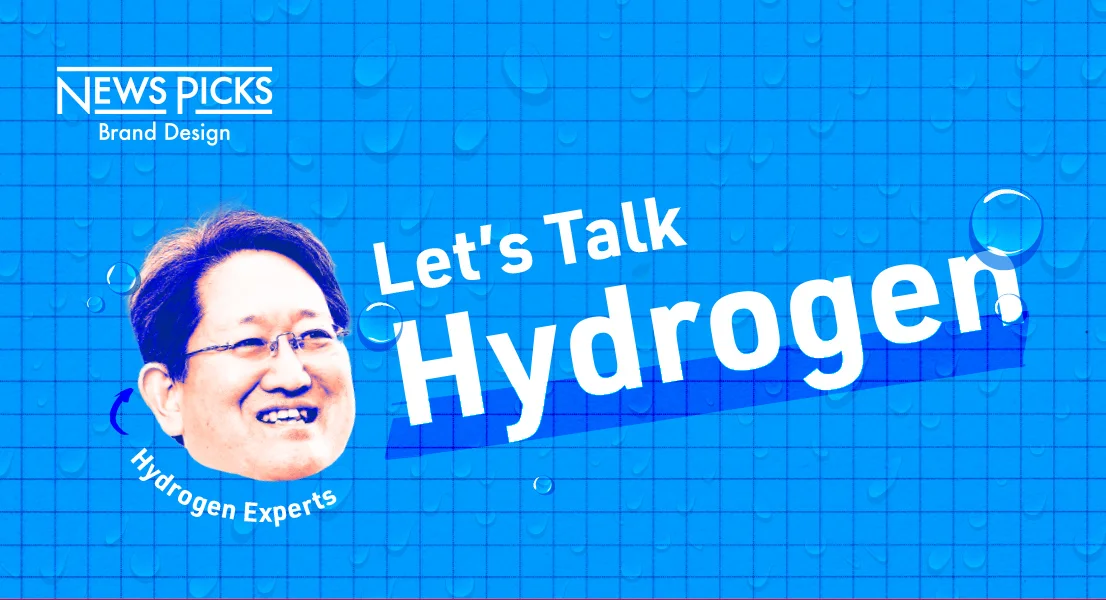
Leave a comment